Introduction
Myasthenia gravis (MG) is a chronic autoimmune neuromuscular disorder characterised by weakness and rapid fatigue of voluntary muscles. It occurs when communication between nerves and muscles is impaired due to a breakdown in the normal functioning of the neuromuscular junction
Understanding Myasthenia Gravis
In individuals with myasthenia gravis, the immune system mistakenly attacks the receptors on muscle cells that receive signals from nerve cells. This attack leads to weakness and fatigue in the affected muscles, particularly those involved in movements such as lifting objects, swallowing, speaking, and breathing.
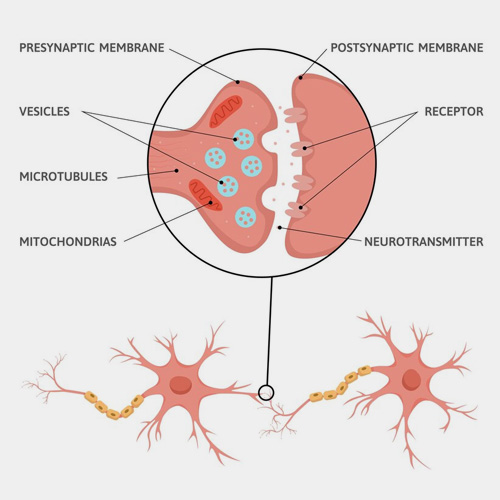
Causes of Myasthenia Gravis
The exact cause of myasthenia gravis (MG) is not fully understood, but it is known to be an autoimmune disorder. In autoimmune diseases, the immune system, which normally protects the body from infections and foreign invaders, mistakenly attacks its own tissues.
In the case of myasthenia gravis, the immune system produces antibodies that target and attack the acetylcholine receptors (AChR) at the neuromuscular junction. Acetylcholine is a neurotransmitter that plays a crucial role in signalling muscle contractions.
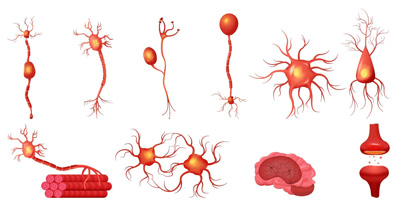
The antibodies interfere with the normal functioning of the neuromuscular junction by blocking or destroying the acetylcholine receptors, which impairs the communication between nerve cells and muscles. This disruption leads to weakness and rapid fatigue in the affected muscles.
Some potential factors that may trigger or exacerbate myasthenia gravis include:

Genetic Predisposition
Certain genetic variations may increase the risk of developing autoimmune disorders like myasthenia gravis.

Environmental Factors
Factors such as infections, stress, hormonal changes, and certain medications may trigger or worsen symptoms in individuals.
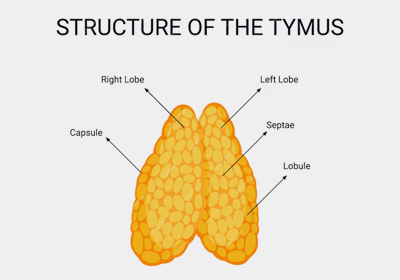
Thymus gland abnormalities
The thymus gland, which is involved in the development of the immune system, is often abnormal in individuals with myasthenia gravis. Thymomas (tumours of the thymus gland) are sometimes associated with the condition.
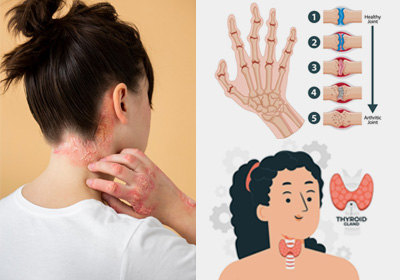
Other Autoimmune Conditions
Myasthenia gravis can occur in association with other autoimmune disorders, such as thyroid disorders, rheumatoid arthritis, and lupus.
Symptoms of Myasthenia Gravis

Muscle Weakness
Weakness and fatigue are often the primary symptoms of Myasthenia gravis . This weakness typically worsens with repeated use of the affected muscles and improves with rest. The weakness can affect various muscle groups, including those involved in eye movements, facial expressions, swallowing, speaking, breathing, and limb movements.

Difficulty in Speaking
Weakness of the muscles involved in speech production (such as the tongue, lips, and throat) can lead to slurred speech, difficulty articulating words, and changes in voice quality.

Difficulty in Swallowing (dysphagia)
Weakness of the muscles involved in swallowing can cause difficulty in swallowing solid foods, liquids, or both. This can lead to choking, coughing, or aspiration
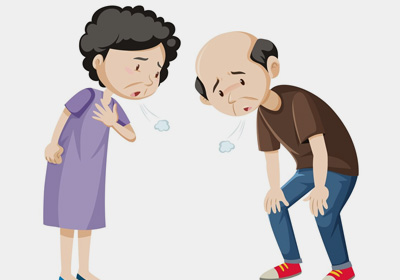
Weakness in the Limbs
Weakness and fatigue may also affect the muscles of the arms, legs, neck, and trunk. This can result in difficulty with tasks such as lifting objects, climbing stairs, or getting up from a seated position.

Respiratory Difficulties
In severe cases weakness of the muscles involved in breathing (such as the diaphragm and intercostal muscles) can lead to respiratory problems, including difficulty breathing, and respiratory failure.

Facial Weakness
Weakness of the facial muscles may cause difficulty in smiling, frowning, or making other facial expressions.

Double Vision (diplopia)
Weakness of the muscles that control eye movements can lead to double vision, where a person sees two images of a single object.
Drooping Eyelids (ptosis)
One of the most characteristic symptoms of Myasthenia Grevis is drooping of one or both eyelids, known as ptosis.
Complications
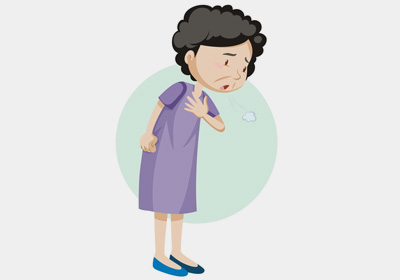
Respiratory Complications
Weakness of the muscles involved in breathing, such as the diaphragm and intercostal muscles, can lead to respiratory difficulties, including difficulty breathing, and respiratory failure.
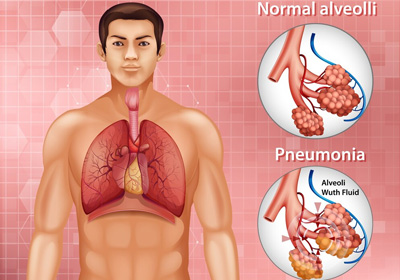
Aspiration pneumonia
Difficulty swallowing (dysphagia) can increase the risk of aspirating food, liquids, or saliva into the lungs, leading to aspiration pneumonia, a serious infection of the lungs.
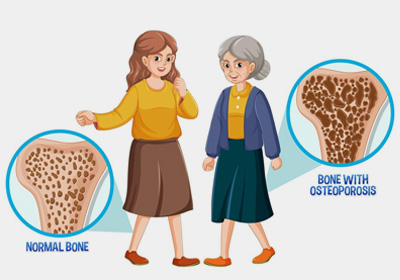
Medication side effects
Some medications used to manage this condition , such as corticosteroids, immunosuppressants, and cholinesterase inhibitors, can have side effects that may cause complications. These side effects may include gastrointestinal problems, weight gain, mood changes, increased risk of infections, osteoporosis, and others.
Diagnosis
Blood Tests
To measure levels of specific antibodies associated with Myasthenia gravis, such as anti-acetylcholine receptor (AChR) antibodies or anti-muscle-specific kinase (MuSK) antibodies. Elevated levels of these antibodies are often indicative of autoimmune myasthenia gravis.
Electromyography (EMG)
EMG is a test that measures electrical activity in muscles and can help assess the function of the nerves and muscles involved in movement. In Myasthenia gravis , EMG may show characteristic abnormalities,
CT scan/MRI
To evaluate the thymus gland and detect thymomas (tumours of the thymus gland), which are sometimes associated with Myasthenia Grevis.
Homoeopathy and Myasthenia Gravis
Homoeopathy offers a holistic approach to managing the symptoms of Myasthenia Gravis.Remedies are selected based on individualised assessment and aim to stimulate the body's self-healing mechanisms.
Homoeopathic Medicines for Myasthenia Gravis
- Causticum
- Paralysis of single parts
- Heaviness and weakness in extremities
- Unsteadiness of muscles of forearm and hand
- Loss of sensation in hands
- Unsteady walking and easily falling
- Ankles are weak
- Contracted tendons
- It is a useful remedy in progressive loss of muscular strength
- The weakness progresses until we have gradually appearing paralysis
- Plumbum Met
- Paralysis of single muscles
- Cannot raise or lift anything with hand
- Extension is difficult
- Paralysis from over- exertion of extensor muscles in piano players
- Useful remedy in wrist drop
- Loss of patellar reflex
- Zincum met
- It is useful in spinal affections
- There is lameness, weakness, trembling and twitching of various muscles
- Ptosis
- Lameness, weakness, trembling and twitching of various muscles.
- Feet in continued motion; cannot keep still.
- Transverse pains, especially in the upper extremity.
- Soles of the feet are sensitive.
- Steps with entire sole of foot on floor.
- Alumina
- Arms feel paralyzed
- Legs fall asleep especially when sitting with crossed legs
- Patient staggers on walking
- Heels feel numb
- Inability to walk except when eyes are open or in daytime
- Spinal degenerations and paralysis of lower limbs.
Benefits of Homoeopathic Treatment
- Individualised Care: Homoeopathy recognizes that each person is unique. A homoeopath will assess your symptoms, medical history, and lifestyle to prescribe a personalised treatment plan tailored to your needs.
- Gentle and Natural: Homoeopathic remedies are derived from natural substances and are known for their minimal side effects. They work in harmony with the body, promoting self-healing and overall well-being.
- Holistic Approach: Homoeopathy takes into account not only the physical symptoms but also the emotional and mental aspects of an individual. It aims to restore balance at all levels, providing comprehensive care.
- Long-Term Relief: By addressing the underlying causes of Ulcerative Colitis,homoeopathy strives to achieve long-term relief and improved quality of life.
Patient Review
Consulting a Homeopath
Consulting a Sanjivani homoeopath for Myasthenia Gravis involves a comprehensive evaluation of symptoms, medical history, and lifestyle factors. A personalised treatment plan is then developed to address the unique needs of each individual. Sanjivani Homoeopathic treatment aims to not only alleviate physical symptoms but also promote emotional and mental well-being.
Sanjivani Homeopathy Clinic USP
- No homoeopathy Dietary Restrictions:
Allows patients to enjoy foods like onion, garlic, and coffee, ensuring a stress-free treatment journey.
- 24/7 Online Consultations:
Enables convenient access to doctors with detailed counseling, history management, and follow-ups.
- Highly Skilled Team:
Experienced BHMS and MD doctors, supported by multilingual and professional staff.
- Patient-Centric Care:
Simplifies treatment with modern, adaptable solutions and clear communication.
Click Here for Detailed "Sanjivani USP"
FAQ's
- What is homoeopathy ?
Homoeopathy is a holistic science which belives in the law of Similia Similibus Curenter i.e Like Cures Like .It was discovered by Dr Samuel Christian Hahnemannn in 1796.
- Is there any side effects of homoeopathy?
As homoeopathic medicines are made from natural substances this medicines have no side effects and are completely safe to consume
- Is there any diet restriction to take homoeopathic medicines?
There are no diet restrictions for homoeopathic medicines. One should only avoid eating or drinking any liquid other than water at least 30 minutes before and after taking homoeopathic medicines.
Click Here for "Frequently Asked Questions."
Conclusion
Myasthenia gravis can have a significant impact on quality of life, but Sanjivani homoeopathic treatment offers a gentle and natural approach to managing its symptoms. By addressing the underlying imbalances in the body and stimulating the body's innate healing abilities, Sanjivani homoeopathy aims to provide long-term relief and improve overall well-being for individuals with Myasthenia Gravis.
Disclaimer : The information provided in this blog is for educational purposes only and should not be considered medical advice. Please consult with a qualified healthcare professional before starting any treatment for myasthenia gravis or any other medical condition.


